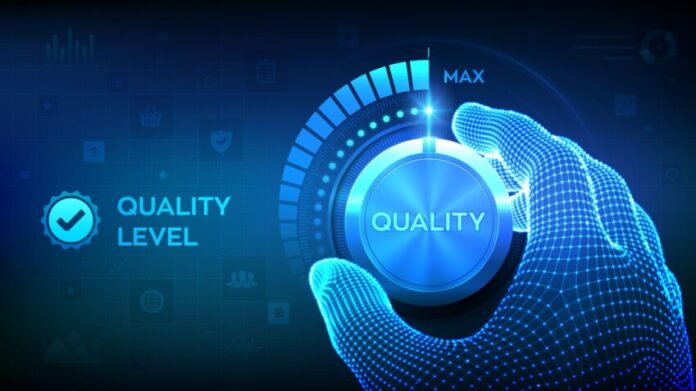Software has become an integral part of our daily lives, from smartphones to laptops, from cars to airplanes. As we rely more and more on software, it becomes increasingly important to ensure that it is of high quality. High-quality software is not just reliable and efficient, but it also provides a better user experience. In this article, we will explore some tips and techniques for building high-quality software that meets the needs of users and businesses alike.
1. Understand the Requirements
The first step in building high-quality software is to understand the requirements. This involves working closely with stakeholders to identify their needs and expectations for the software. Once the requirements are understood, they should be documented in a clear and concise manner. This documentation will serve as a guide throughout the development process and will help ensure that the final product meets the needs of the users.
2. Use Agile Development Methodologies
Agile development methodologies have become increasingly popular in recent years due to their focus on collaboration, flexibility, and continuous improvement. Agile methodologies involve breaking the development process into small, manageable chunks called sprints. Each sprint involves a set of tasks that can be completed in a short period of time, typically two to four weeks. At the end of each sprint, the team reviews the progress and makes adjustments as necessary. This approach allows for greater flexibility in responding to changing requirements and ensures that the final product meets the needs of the users.
3. Write Clean Code
Clean code is code that is easy to read, understand, and maintain. It is code that is free of unnecessary complexity and is written with the needs of other developers in mind. Writing clean code is essential for building high-quality software because it makes it easier to identify and fix bugs, add new features, and improve performance. Some tips for writing clean code include using descriptive variable names, breaking code into small, reusable functions, and commenting code to explain its purpose.
4. Test Early and Often
Testing is an essential part of building high-quality software. Testing should begin early in the development process and should be performed frequently throughout the development cycle. This helps to identify bugs and other issues early on, when they are easier and less expensive to fix. Testing should include both manual testing, where a human tester manually tests the software, and automated testing, where software tools are used to automatically test the software. Automated testing is particularly useful for testing software that is complex or that requires a large number of tests.
5. Use Version Control
Version control is a system for managing changes to software code. It allows developers to track changes to the code, collaborate with other developers, and revert to previous versions if necessary. Version control is essential for building high-quality software because it helps to prevent errors and ensures that changes to the code are properly documented. Some popular version control systems include Git, Subversion, and Mercurial.
6. Use Code Reviews
Code reviews involve having other developers review the code written by their peers. This helps to identify potential issues with the code, such as bugs or performance problems, and ensures that the code is written in a consistent and maintainable manner. Code reviews can be done manually, where developers review the code line by line, or they can be automated, where software tools are used to analyze the code. Code reviews are an essential part of building high-quality software because they help to ensure that the code is free of errors and is written in a way that is easy to understand and maintain.
7. Use a Continuous Integration/Continuous Deployment (CI/CD) Pipeline
A CI/CD pipeline is a system for automating the software development process. It involves using software tools to automatically build, test, and deploy the software. This approach helps to ensure that the software is always in a releasable state and that new features and bug fixes can be quickly and easily deployed. A CI/CD pipeline is essential for building high-quality software because it helps to reduce errors, improve efficiency, and ensure that the software is always up-to-date.
In conclusion, building high-quality software is essential for meeting the needs of users and businesses alike. By following these tips and techniques, developers can ensure that their software is reliable, efficient, and easy to use. Understanding the requirements, using agile development methodologies, writing clean code, testing early and often, using version control, using code reviews, and using a CI/CD pipeline are all essential for building high-quality software. With the right tools and techniques, developers can create software that meets the needs of users and businesses, and that contributes to a better world.
Sources:
1. Martin, R. C. (2008). Clean code: a handbook of agile software craftsmanship. Pearson Education.
2. Fowler, M. (2002). Continuous integration. IEEE software, 18(5), 33-40.
3. Humble, J., & Farley, D. (2011). Continuous delivery: reliable software releases through build, test, and deployment automation. Pearson Education.



